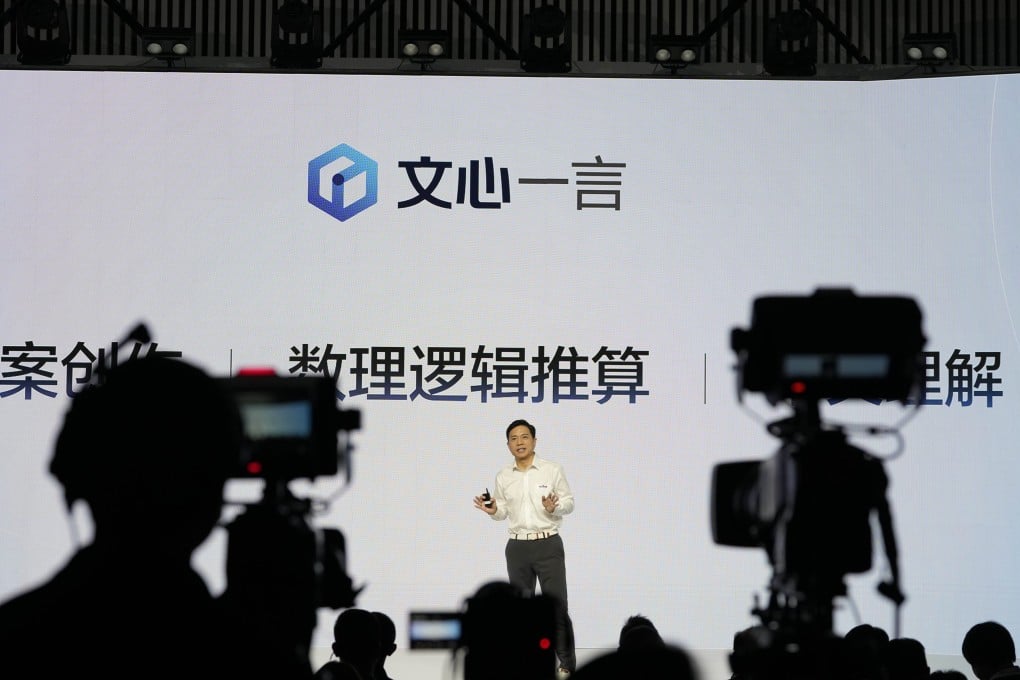China Launches a ChatGPT Rival — And It’s Impressive



Introduction
China’s tech industry is firmly entering the generative‑AI chatbot race with products designed to rival ChatGPT. From Baidu’s “Ernie Bot” to Alibaba’s “Tongyi Qianwen”, these tools showcase strong capabilities in Chinese language reasoning, generation and even multimodal tasks (text + images). At the same time, China’s regulatory framework for generative‑AI is evolving, meaning these launches carry both opportunity and constraint.
1. What Was Launched & By Whom
Baidu’s Ernie Bot
Baidu unveiled Ernie Bot as its flagship chatbot to contend in the ChatGPT‑style market. (Al Jazeera) According to Baidu:
-
Ernie can carry out mathematical logic reasoning, generate posters/videos on prompts, and answer questions in Chinese dialects. (Al Jazeera)
-
It is better in Chinese than in English, with limitations in multilingual capability. (News24)
-
Baidu released it for wider public access on 31 August 2023 after initial invitation‑only tests. (mint)
Alibaba’s Tongyi Qianwen
Alibaba launched its AI model Tongyi Qianwen (meaning “truth from a thousand questions”) which will be embedded across company apps and services. (دويتشه فيله) In its demo:
-
The model drafted invitation letters, summarized meeting notes and advised on consumer choices like makeup. (دويتشه فيله)
-
It will be customizable by enterprises and integrated into workplace & e‑commerce tools. (News24)
2. Why It Matters
-
A new front in the AI arms‑race: With OpenAI and other Western players dominating the narrative, Chinese tech firms are signaling they can build and deploy strong domestic alternatives.
-
Language & localisation strength: These tools’ proficiency in Chinese (including dialects) may give them an advantage domestically.
-
Commercial & ecosystem embedding: Alibaba’s plan to embed the model in its apps suggests a rapid pathway to deployment beyond isolated demos.
-
Regulatory context: The launches coincide with China releasing draft rules for generative AI services — meaning this is not just tech innovation, but also a policy moment. (Al Jazeera)
3. Key Features & Technical Highlights
-
Ernie Bot: Demonstrated generating visuals, posters, and reasoning in Chinese dialects. (Al Jazeera)
-
Tongyi Qianwen: Highlighted for business‑oriented tasks (emails, proposals) and consumer advice. (News24)
-
Both models: Positioned as “ChatGPT‑rivals” though with caveats around language support and global scale. (www.ndtv.com)
4. Challenges & Considerations
-
Language & global reach: Though mighty in Chinese, some models admit weaker performance in English or multilingual contexts. (News24)
-
Censorship & regulation: China’s strict regulatory environment means AI responses must align with state‑approved content; some capabilities may be limited when it comes to sensitive topics. (The Washington Post)
-
Data & training constraints: Access to international data sources, or models trained outside China, may be restricted—potentially limiting global competitiveness.
-
Commercialisation & adoption: While demos are exciting, real‑world usage, monetisation and integration into workflows still need to scale.
5. What It Means For You (and for Business)
If you’re working in e‑commerce, digital marketing, or tech innovation (for example, in your context of launching an online store in Mauritania), these developments indicate:
-
There will be more alternatives to Western‑only AI tools, with potential regional or language‑specific benefits.
-
Chinese AI tools may offer competitive pricing or features tailored for Chinese‑speaking / non‑English markets.
-
When considering partnerships, integrations or content‑generation, you may want to keep an eye on how these Chinese models evolve—especially if your business has Chinese supply‑chain links or localisation needs.
-
However, if your target is outside China (e.g., Mauritania, MENA region), you’ll need to evaluate language support, localisation, data‑privacy compliance, and how accessible these tools are outside China.
Conclusion
China’s launch of ChatGPT‑style rivals marks a significant milestone in the global generative‑AI race. While these models are "impressive" in many respects—especially for Chinese‑language users and domestic deployment—the full picture is more nuanced: language limitations, regulatory constraints and global scalability remain challenges. Nonetheless, for businesses and tech watchers globally, this is a development worth tracking closely: it signals new competition, new ecosystems, and possibly new routes for AI innovation and application.
